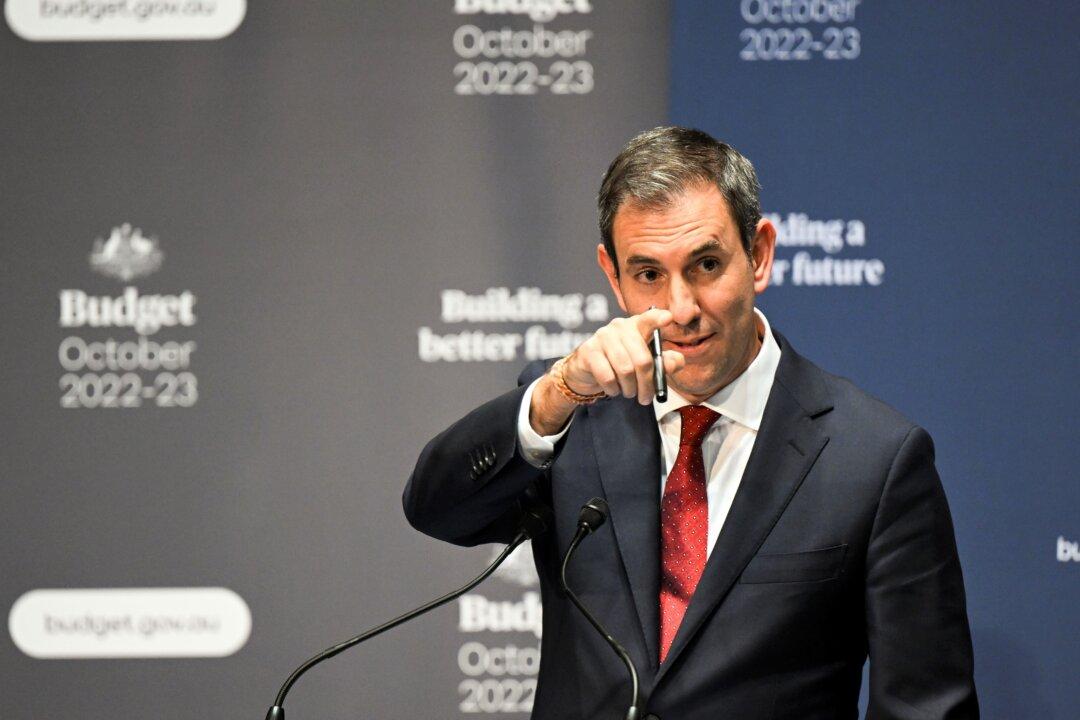Australians earning under $126,000 a year are bracing for one of the largest tax hikes in history as the federal government’s low- and middle-income tax offset (LMITO) comes to an end in July this year.
This means people taking home less than $126,000 (US$84,000) a year will be $1,500 (US$1,000) worse off, while those earning under $100,000 (US$67,000) a year will suffer a $1,200 (US$800) hit to their hip pocket. People earning $50,000 (US$33,360) a year will face a 3.4 percent or $29 per week (US$19) cut in their after-tax income, while those making $90,000 (US60,048) a year will be subject to a 2.1 percent cut.




